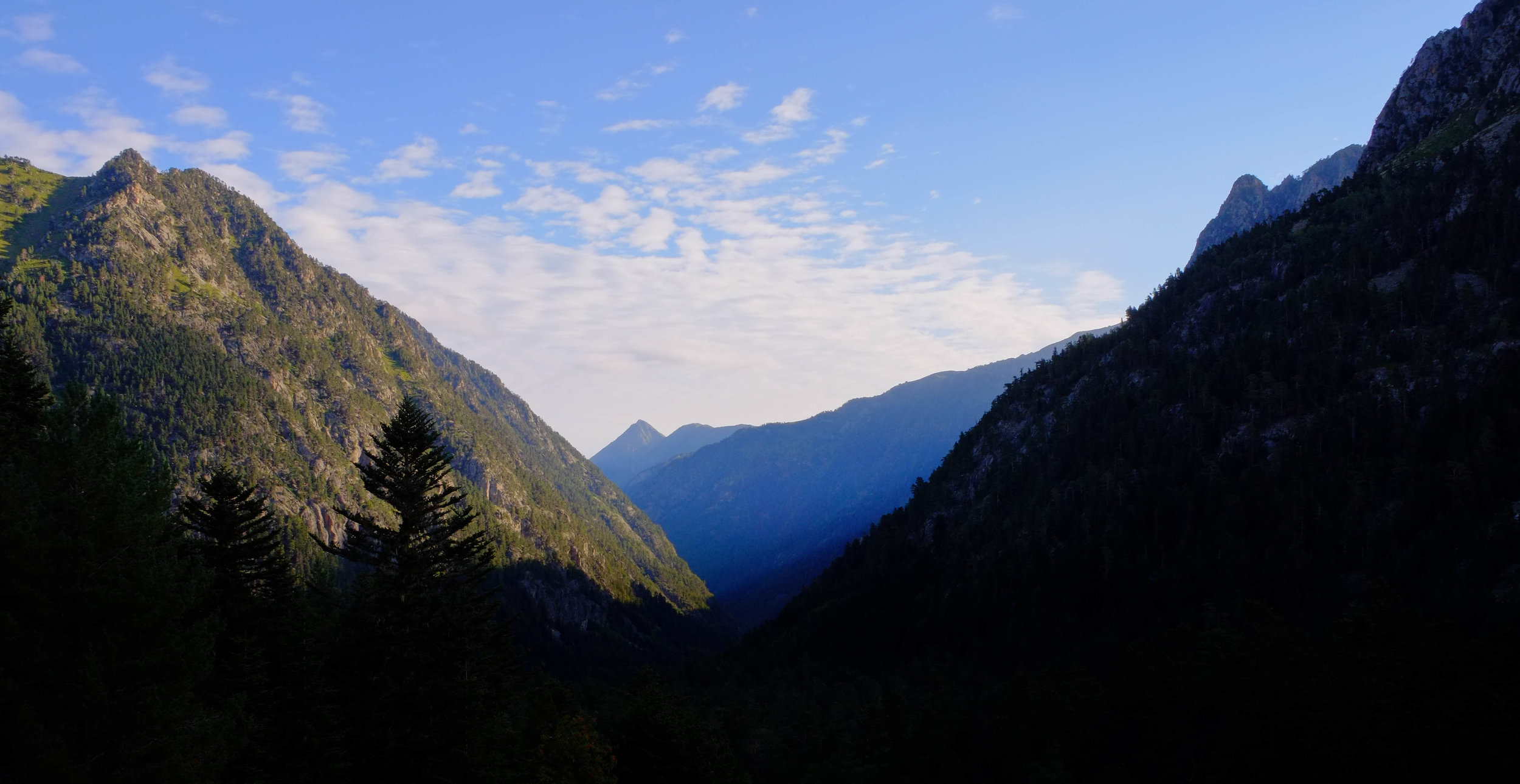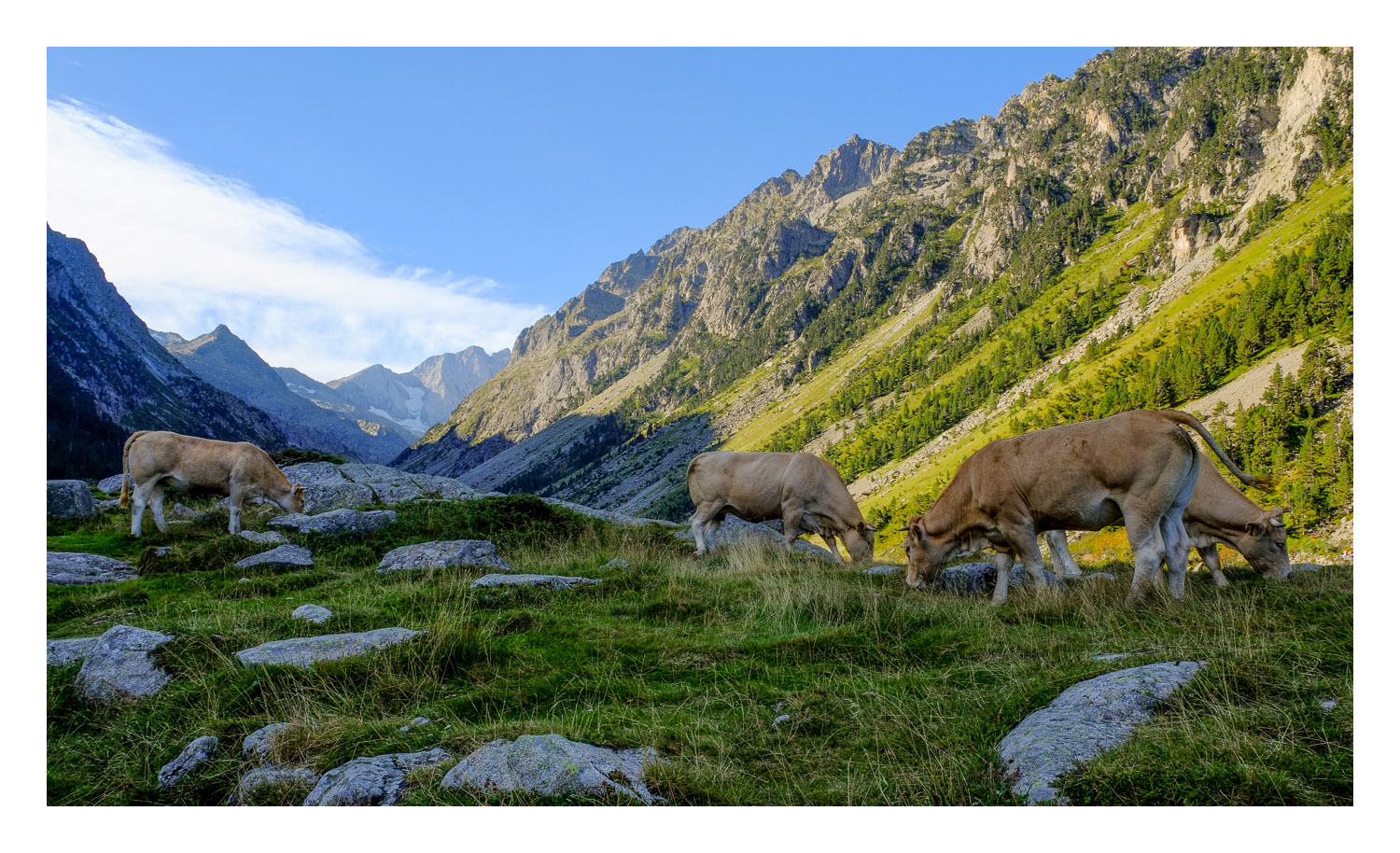Fuji vs. Fuji’s FUJINON XF 18-55mm F2.8-4 LM OIS Review
May, 2017: Originally published
June, 2020: Minor updates
Introduction
The XF 18-55mm F2.8-4 R LM OIS is one of the first Fuji lenses I purchased—along with the XF 14mm F2.8 (Review) and XF 35mm F1.4 (Review)—that I paired with an X-E1. The lens that is optionally included with just about every interchangeable body Fuji makes as part of a “kit” is widely regarded as being too good to call merely a “kit lens.”
It’s true that this lens is outstanding as kit lenses go, and it can serve the needs of many photographers. It does have it’s optical limits though, and sees little use from me these days, but in reviewing the sample photos for this piece, I started to wonder if that should change.
Specifications | |
| Lens Construction | 14 elements in 10 groups (3 aspherical elements, 1 extra low dispersion) |
|---|---|
| Focal Length (35mm format equivalent) | 18mm -55mm (27mm - 84mm) |
| Maximum Aperture/Range | f/2.8 – f/4 - f/22 in ⅓ stop increments |
| Aperture Type | 7 blades (rounded diaphragm opening) |
| Focus Range | Approximately 30cm - ∞ (infinity) |
| Maximum Magnification | 0.15× |
| External Dimensions | 64.5mm diameter × 40.6mm long |
| Weight | 308g 346g w caps and hood |
| Filter Size | ø58mm |
Features | |
| Weather Sealing | No |
| Optical Image Stabilization (OIS) | Yes (3.5 stops claimed) |
| Focus Motor | Linear |
| Push/Pull Clutch Manual Focus Ring | No |
| Nano GI Coating | No |
| Fluorine Coating | No |
Handling
Build Quality
Fuji set the XF zoom standard with the XF 18-55mm F2.8-4 OIS, and they did zooms better than their earlier primes. I’ve handled many samples of this lens and I haven’t noticed any variances in build quality. The damping of the aperture ring, while not quite as tight as the rings found on the newer Red Badge zooms, it’s better and more consistent than the primes of its vintage.
The only significant change Fuji has made to the build of zoom lenses is changing from metal zoom rings to rubber. Depending on weather conditions, this can either be a good thing, or a bad thing. In cold temperatures, the rubber provides vastly superior grip, especially with gloves with grippy material on the finger pads. In warmer climates, I prefer the metal ring on the XF 18-55mm F2.8-4.
The focus ring is a bit narrow but turns smoothly. Its width is an acceptable tradeoff to keep the overall size of the down, and maintain a larger zoom ring.
The switches for OIS and aperture control are both excellent.
Construction
Compared to the bulbous plastic kit lenses I was accustom to from Nikon, the all metal construction of all of Fuji’s lenses is positively sublime. They feel so much better and whether we like to admit it or not, that has an affect on our enjoyment of a product. A big part of that is just what we are used to, but I don’t think it can be argued that the XF 18-55mm F2.8-4 OIS doesn’t feel more premium than the equivalent APS-C lens from Canon or Nikon. It’s like going from an exquisite die-cast metal toy to the plastic garbage that has taken over the toy aisle. There’s just no comparison.
Size and Weight
The all-metal construction does come with some extra weight, but in the case of the XF 18-55mm F2.8-4 OIS, it is inoffensive. I find the lens balances great on just about any X series Fuji body, with the X-A bodies being a possible exception.
Aperture
At ⅔ of a stop faster than APS-C kit lenses from Canon or Nikon, the XF 18-55mm F2.8-4 has superior light-gathering capabilities, and can offer better background separation when zoomed out to 55mm at f/4.
The unmarked aperture ring is a bummer, but more forgivable than on the XF 10-24mm F4 since the kit lens is variable.
Hood
The XF 18-55mm F2.8-4 ships with a plastic hood. For the most part I leave the hood off with this lens. More often than not I like a little flare in my images. If I was looking to maximize contrast or protect the lens, I’d definitely use the hood over a filter.
Lens Cap
Fuji’s old style cap comes with the XF 18-55mm F2.8-4. I replaced mine with a 58mm Nikon cap,→ which is nearly as good as the new caps Fuji ships with their Red Badge lenses.
Optical Viewfinder
Zoom lenses are never great with the OVF on X-Pro cameras, but the entire zoom range is available at reasonable magnification. Do note that the wider ×0.36 magnification will be required at 18mm, and unless your eyesight is superhuman, you will want to switch to ×0.60 magnification just before 35mm on the lens barrel. It’s a slow and considered process so you will want to make use of the EVF when things get spontaneous. X-Pro3 owners are stuck just just one magnification.
Image Quality
Fuji touted this lens has being of “prime quality” when it was released. Typically the “kit lens” is something the discerning photographer either leaves in the box or immediately posts for resale. It’s a lot less common with the XF 18-55mm F2.8-4—especially for JPEG shooters—however all of Fuji’s own primes can leave their oldest zoom in the dust when it comes to image quality.
Sharpness
Sharpness suffers a little across the zoom range when shooting wide open, but stopping down and/or shooting JPEGs helps tremendously. Fuji’s in-camera correction is outstanding, and the lenses are optimized for centre-sharpness and softer corners and edges at wide apertures so bear that in mind when selecting your aperture.
Distortion
Largely corrected by in-camera software or in post, the distortion is heavy on either end of the zoom range, switching from barrel to pincushion between the 23mm and 35mm mark.
Bokeh
Good (great for a kit lens), but expect some rings in your bokeh balls. If you are looking for creamy backgrounds and serious separation of your subject in the portrait range of this lens, either XF 56mm F1.2 or XF 60mm F2.4 Macro (Comparison) will serve you better, as would the XF 16-55mm F2.8 WR (Review).
Vignetting
Heavy wide open and even closed down one stop. Corrected in JPEGs or in post, but that can come with image degradation, especially on the wide end where it is heaviest.
Flare
Shooting with the sun at the edge of your frame, it’s possible to really wash your image out. Sunstars are decent. Ghosting is present, but eliminated with judicious hood use.
Aberrations
Aberrations are remarkably well controlled, but do exist, and I have encountered some strong enough that even the in-camera correction and downsampling doesn’t quite eliminate them.
Conclusion and Rating
I thought I would have a tough time finding images I would still want to post, but as it turns out, I’m still quite pleased with many of the images I captured on a trip through Southern France with the humble kit lens.
As kit lenses go, the XF 18-55mm F2.8-4 OIS is a good performer, and an excellent way to get started with Fuji. If you are wondering whether a discounted kit is a good place to start, I would say it absolutely is.
I have to admit it doesn’t get mounted on my cameras much these days, but I’m willing to accept the size and weight penalty of the XF 16-55mm F2.8 WR for the constant f/2.8 aperture, extra 2mm on the wide end, and added sharpness when I want the versatility of a zoom, or the inconvenience of changing lens with prime and/or a second body. That said, I know seasoned photographers who still pack their kit with an X-T10 and XF 18-55mm F2.8-4 to keep things small and versatile.
Perhaps the greatest endorsement I can pay the XF 18-55mm F2.8-4 is that the primary masthead image on this site is a panoramic photo captured with the X-E1, and the XF 18-55mm F2.8-4. Goes to show what some of Fuji’s earliest kit is capable of.
An excellent way to get started. Recommended for some.
If you’d like to purchase the XF 18-55mm F2.8-4 OIS, or anything else for that matter please consider using one of the affiliate links below. The price is the same for you, but a small percentage of the purchase price goes to me, which helps keep this site going. Thank you.


























